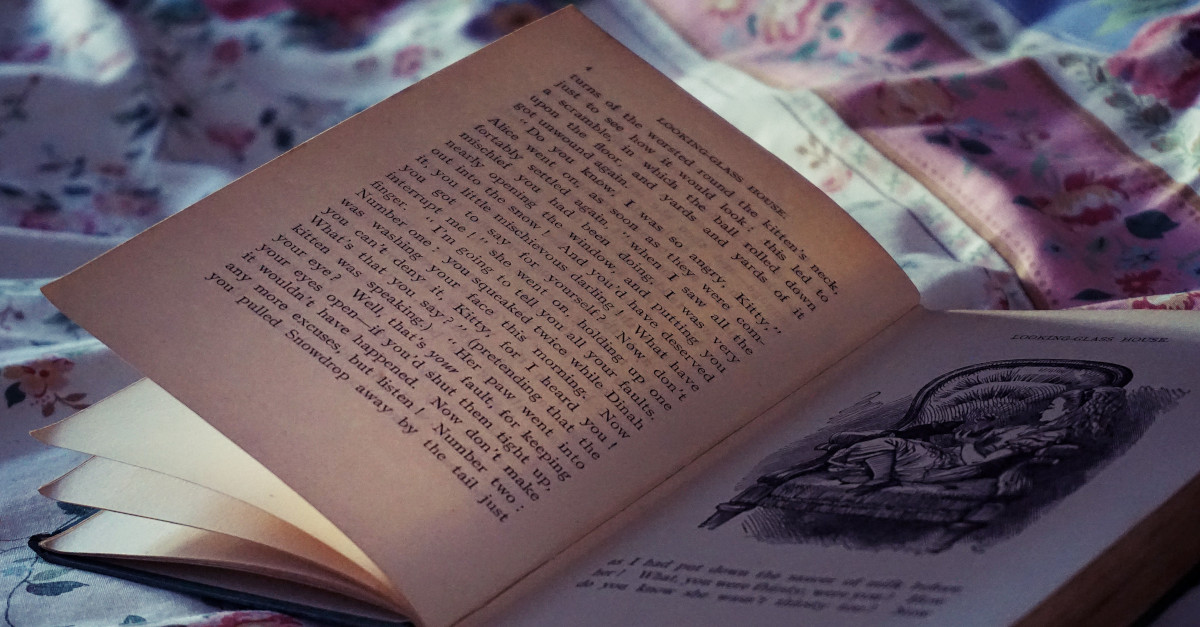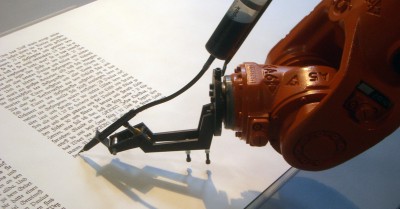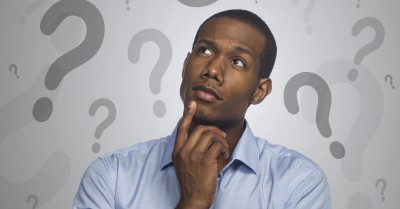You can't SEE a user story
As a ___, I want to ___... is, at best, a poorly-written plot synopsis.What is a user story? A mad-lib sentence about a user, right?
As a ____, I want to ____, so that I can ____.
Bleh. No.
A user story is… get this…
A story.
“As a ____, I want to ____, so that I can ____” is not a story. At best, it’s a (very poorly written) plot synopsis. You can’t see a user story.
Now, that doesn’t mean this format is inherently bad… but it alone, it completely misses the point of a user story. And this is the key: The whole point of a user story is the discussion about it.
As Jeff Patton explains in his 2014 video, User Story Mapping: Discover the Whole Story:
The original idea of a story was simple: Use it to facilitate a conversation.
The conversation is the important part. If you’re writing “user stories”, then handing them off to someone to implement, and that conversation doesn’t happen… then you’ve utterly missed the point of user stories.
And if you have had that conversation… then it’s the shared context that conversation brings that is of value. The physical (or electronic) card with the mad-lib phrase serves only as a reminder of that story discussion that took place.
Now before anyone lashes out at me me for saying “you can’t see a user story”, I’ll admit there’s a bit of ambiguity in the definition. Is the user story that card, that prompts the discussion? Or is it the discussion? I don’t really know. I also don’t care. As long as you’re having that discussion, call your card a user story, and tell me that you can indeed see it. I’ll admit I was wrong. But only after you’re actually having those conversations.



